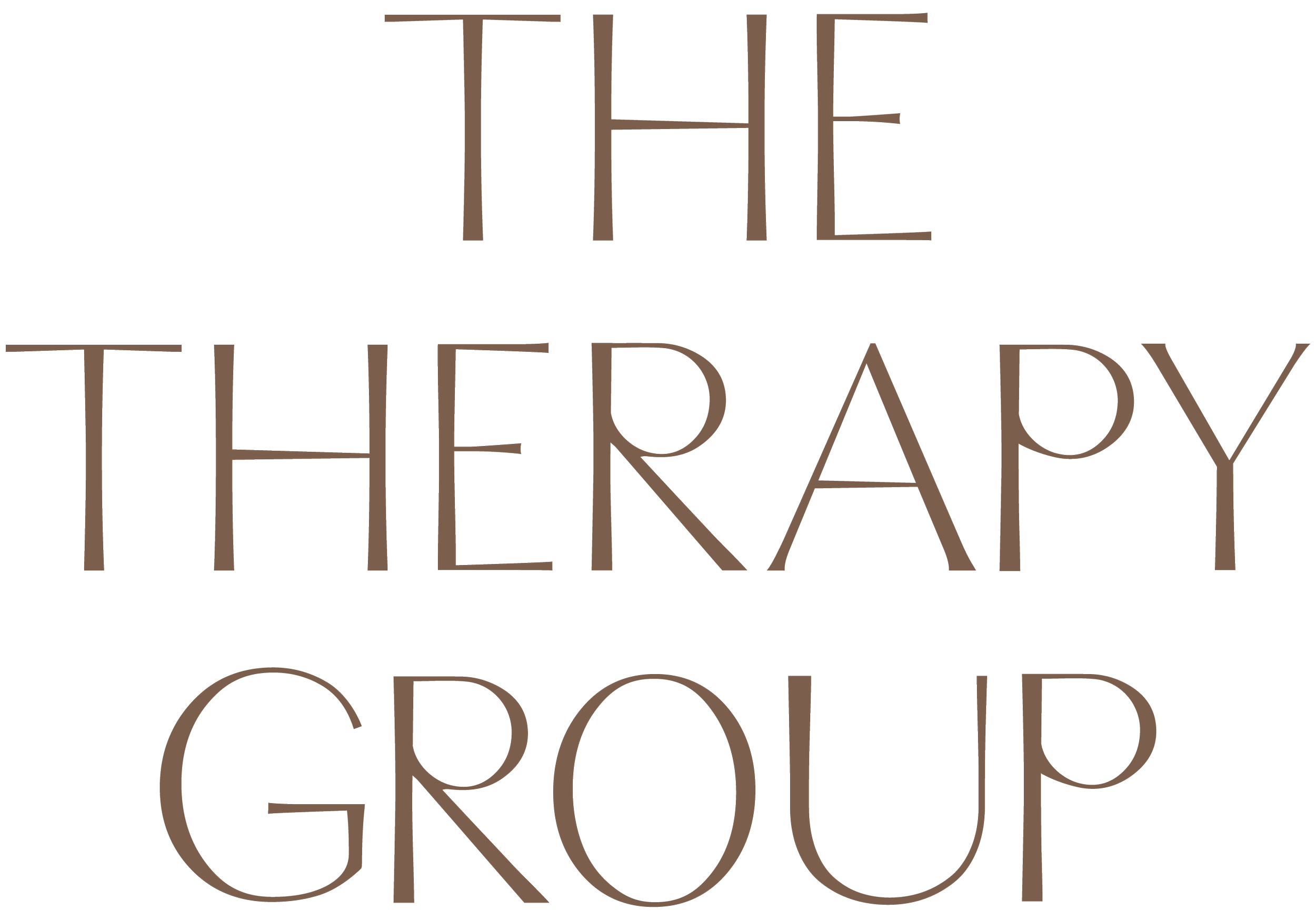Forgiveness, Anger, and Resentment: Making Peace Without Losing Yourself
Forgiveness is not about forgetting or excusing harm. Learn how to move through anger and resentment, honor your boundaries, and practice self-forgiveness on your own terms.
There’s a common myth that forgiveness means saying, “It’s okay.” But what if it wasn’t? What if it still isn’t?
Forgiveness can be one of the most misunderstood parts of healing. It doesn’t mean denying pain, excusing behavior, or forcing yourself to “move on” before you're ready. True forgiveness is far more personal and far more complex.
Why Forgiveness Is For You, Not Them
We often think forgiveness is something we do for another person. But real forgiveness is something we do for ourselves to release the grip that anger, resentment, and hurt can have on our peace.
Forgiveness doesn't require:
Reconciliation
An apology
Minimizing the harm
Forgetting what happened
It does require honesty with yourself. It means choosing not to let the pain of the past control your emotional well-being in the present.
The Role of Anger and Resentment
Anger and resentment are valid, protective emotions. They often show up when we’ve been hurt, disrespected, or treated unfairly. And for a while, they might serve a purpose. They can signal that a boundary was crossed or that something mattered deeply.
But over time, if left unprocessed, these emotions can become heavy. They may show up as:
Chronic tension or irritability
Rumination or intrusive thoughts
Strained relationships
A sense of being emotionally “stuck”
Letting go doesn’t mean the hurt didn’t happen, rather it means you’re choosing peace over holding onto resentment. That choice is powerful. And it’s yours to make when you’re ready.
The Four Stages of Forgiveness
Forgiveness is a layered process. One that unfolds over time and with intention. Dr. Robert Enright, a leading forgiveness researcher, developed a widely used model that breaks the journey into four stages: Uncovering, Decision, Work, and Deepening.
Let’s explore what those can look like in real life:
1. Uncovering: Facing the Pain Honestly
This first stage is about acknowledging the hurt and really letting yourself feel it without minimizing, rushing to “be the bigger person,” or pretending you're fine. You may experience anger, grief, resentment, or betrayal. This part is not easy, but it’s necessary.
“This hurt me. And I need to allow myself to feel that.”
It can be helpful to reflect on how the pain has impacted your life, your emotional health, your relationships, even your sense of self.
2. Decision: Choosing to Forgive (When You're Ready)
Forgiveness isn’t about condoning what happened. It’s a choice to start loosening the grip that anger or bitterness may have on your well-being. At this stage, you begin to see that holding on is costing you something and you consider whether forgiveness might be a gift to yourself.
“I don’t have to carry this pain forever. I can choose something different.”
This decision doesn’t always come easily. It’s not a quick fix, and it’s okay if you’re not there yet.
3. Work: Reframing and Finding Compassion (Without Excusing)
This is the heart of the forgiveness process. Here, you begin to understand the other person not to justify their actions, but to release your need for revenge or ongoing resentment. You might reflect on their own limitations, pain, or upbringing. Again, not to excuse them, but to unhook yourself from the emotional weight of the harm.
“I’m working toward compassion not because they deserve it, but because I deserve peace.”
You might also start reimagining your relationship to the situation, and importantly, re-centering your own strength and self-worth.
4. Deepening: Finding Meaning and Growth
In the final stage, many people find a new sense of freedom or purpose. You may begin to feel lighter. You might notice more empathy for others and for yourself. You may even begin to see how your experience has deepened your values, boundaries, or clarity about what matters to you.
“I’ve grown through this. I’m not the same and that’s okay.”
Forgiveness doesn't always mean the pain disappears, but it often leads to greater emotional clarity, resilience, and self-respect.
Forgiveness AND Boundaries
Forgiveness does not mean re-opening the door to someone who isn’t safe or healthy for you. In fact, the most powerful forgiveness often comes with boundaries.
You can say:
“I forgive you, but I no longer choose to be in relationship with you.”
“I’ve made peace with what happened, but I won’t allow it again.”
“This no longer has power over me, and that’s enough.”
And sometimes, forgiveness isn’t appropriate.
We want to be sure to disclaim that some situations are so harmful, abusive, and/or ongoing that forgiveness doesn’t feel safe. That’s more than okay. There’s no timeline or pressure.
Don’t Forget Self-Forgiveness
Some of the hardest forgiveness journeys we take are with ourselves. Maybe you regret a decision you made. Or feel ashamed of who you once were. Maybe you’re angry with yourself for staying too long or leaving too soon. Self-forgiveness doesn’t mean pretending you didn’t make mistakes. It means you can hold yourself accountable and hold yourself with deep compassion.
You’re allowed to:
Change
Learn, grow, and evolve
Try again
You are not defined by your mistakes.
Final Thoughts: Forgiveness Is a Journey, Not a Destination
Forgiveness doesn’t always come easily, and it’s never one-size-fits-all. Some days you might feel free. Other days you might feel the hurt all over again. That’s normal. Healing can be a zig-zagged spiral, not a straight line.
At The Therapy Group, we support clients every day who are working through resentment, unresolved anger, and the emotional weight of both holding on and letting go. If you're struggling with forgiveness, of someone else or yourself, you’re not alone.
For more on this topic, check out the ShrinkChicks Podcast episode: Rewind: Forgiveness, Anger & Resentment hosted by our co-owners.





